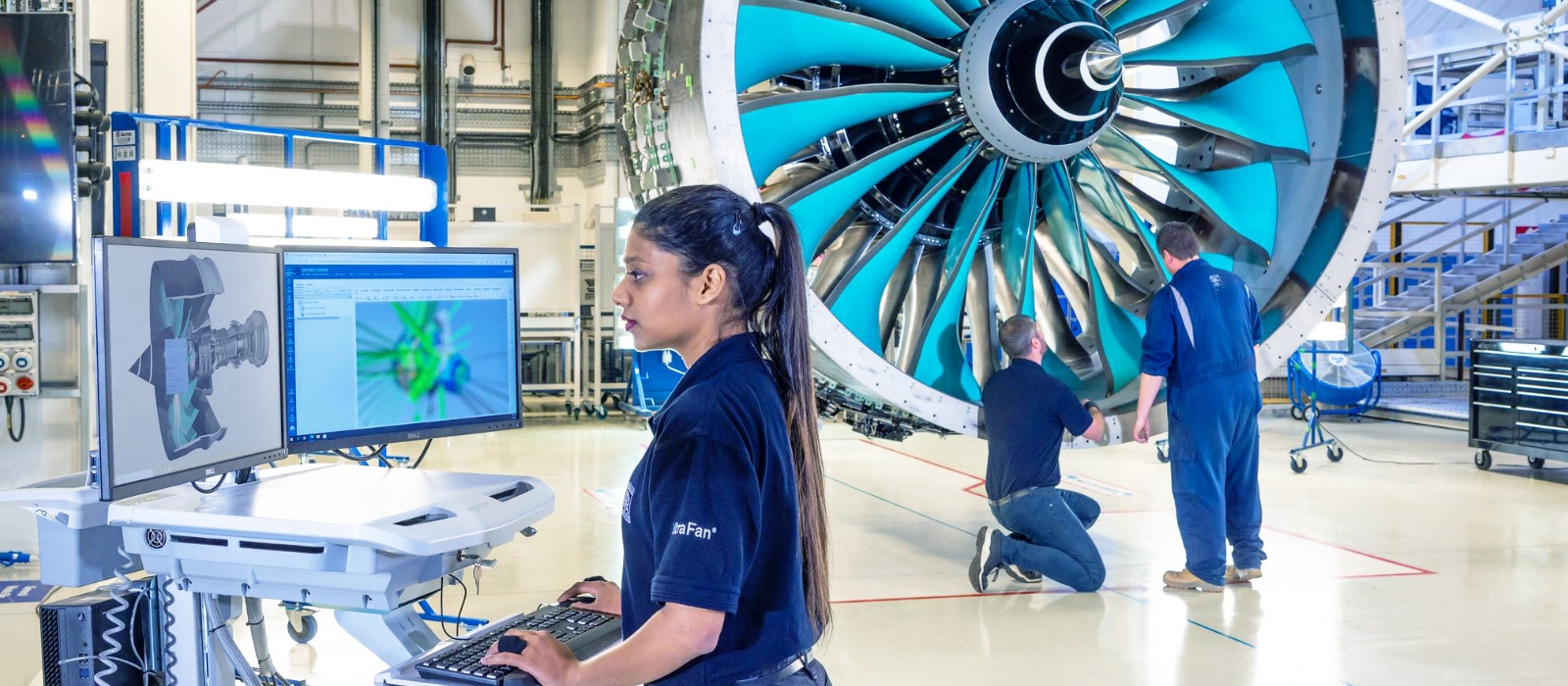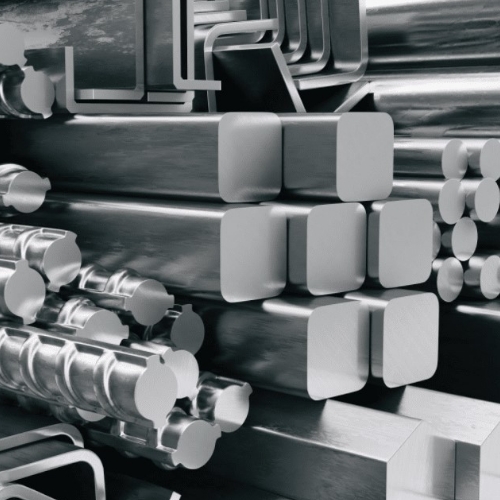How Material Analysis Helps Maintain Aerospace Safety
Comprehensively assessing materials used in the construction of aircraft and engine components is an integral part of aerospace testing. This process reveals valuable information that helps ensure safe aviation operations, including thermal behavior, chemical composition, and mechanical properties.
By examining aerospace materials, engineers can detect and prevent defects, minimizing the risk of mechanical and structural failures, such as cracks in the airframe or deformed engine parts due to elevated temperature. Techniques such as nanoindentation, electron microscopy, and non-destructive testing determine the coating thickness, resilience, and other critical properties of materials.
These methods do not damage materials during tests, and instead, guarantee over time that an aircraft is in a condition for safe operation upon inspection by the Federal Aviation Administration (FAA). The FAA inspector evaluates an aircraft's overall condition relative to window crazing, corrosion, and other forms of aircraft deterioration.
Enhancing Performance Through Aerospace Materials Testing
Not only must engineers guarantee aerospace safety, but they must also ensure all aerospace equipment functions flawlessly. Any materials' ability to withstand the most demanding conditions must always be a top priority when designing aerospace components.
Engineers subject these materials to various challenging environments in an aerospace testing lab to assess their thermal conductivity, fatigue resistance, corrosion susceptibility, and tensile strength. The metallurgy team, for instance, ensures that all metallic components endure the harshest stress and thermal environments.
Through rigorous material testing techniques, aerospace engineers can identify the best plastics, steel, and other materials for manufacturing big and small components. Moreover, they can ensure their creations deliver optimal performance while improving fuel efficiency and payload capacity.





